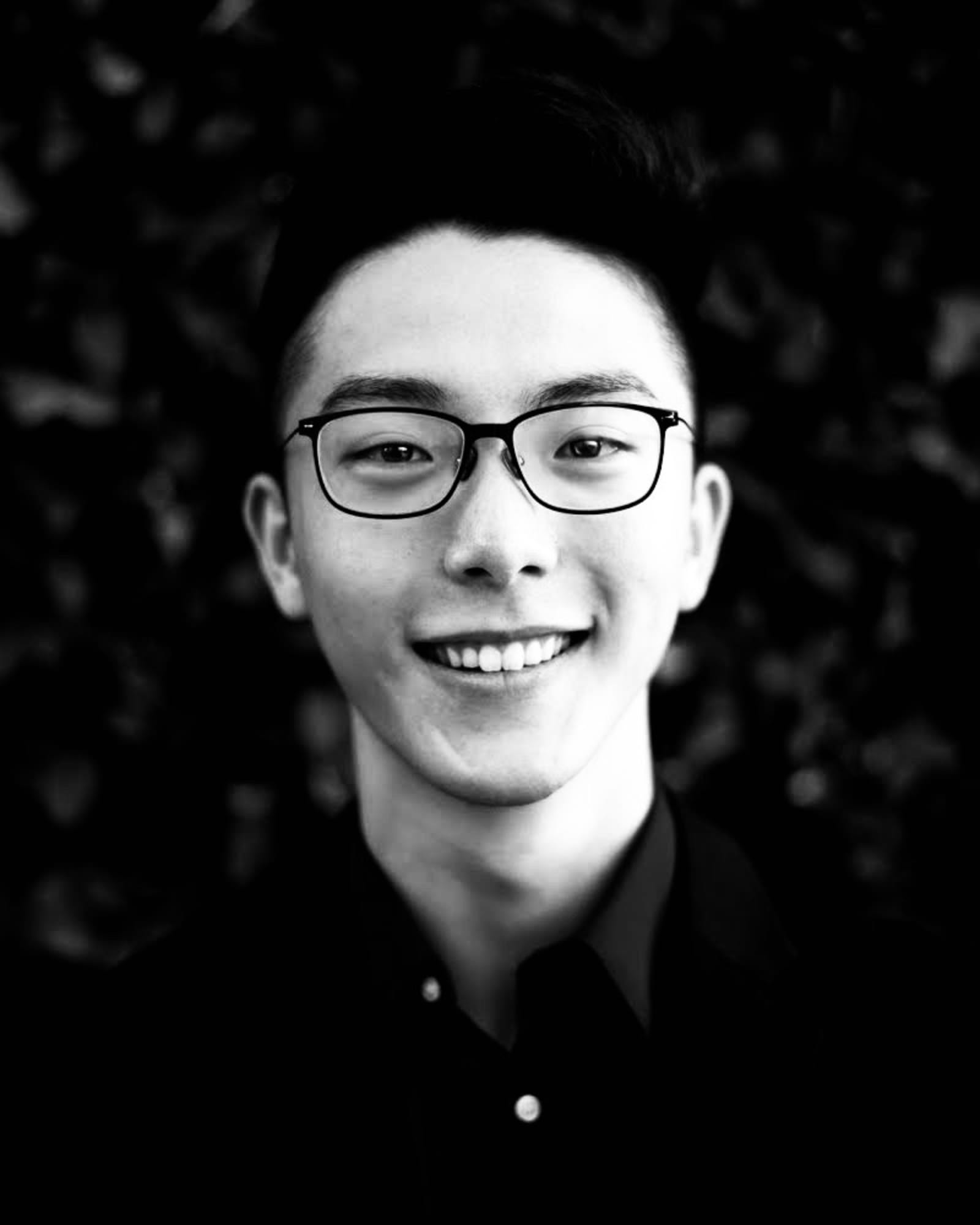artwork infos
landscape
generative art
01:40
n/a

Stephen Heo
SINE/3 - Vertical

Stephen Heo
SINE/2 - Horizontal

Stephen Heo
Freeze - Vertical

Stephen Heo
Ortho

Stephen Heo
Molten - Vertical

Stephen Heo
Freeze

Stephen Heo
Testing Particles

Stephen Heo
SINE/3
Stephen Heo is a 22-year-old video editor and motion designer based in Los Angeles, California. He learned how to edit by making video games while he was in college, and since then his practice has expanded to graphic design, photography, film and school programs. All this has enabled him to master the tools necessary for the motion design he practices today. He is essentially self-taught and has taken advantage of the infinite tutorials on Youtube to learn everything from video editing and Cinema 4D to real-time art using TouchDesigner. However, it was her four years in the Design Media Arts department at UCLA that enabled her to set up a platform to experiment with other creative media and explore her identity as an artist.
Working on independent projects during and after his time at UCLA, he has been able to work with companies and customers such as Grateful Dead, UCLA Undergraduate Admission, Lamborghini Newport Beach, CJ America, and many others. He started working full-time as a freelancer after obtaining his license and is now looking for opportunities in the music industry.

Undo - Horizontal

This part is an extension of Ortho. The noise is manipulated to generate different rectangular shapes and different levels of black and white.
generative art
landscape
01:40
n/a
More from Stephen Heo
More on digital art
Collections with the artist











